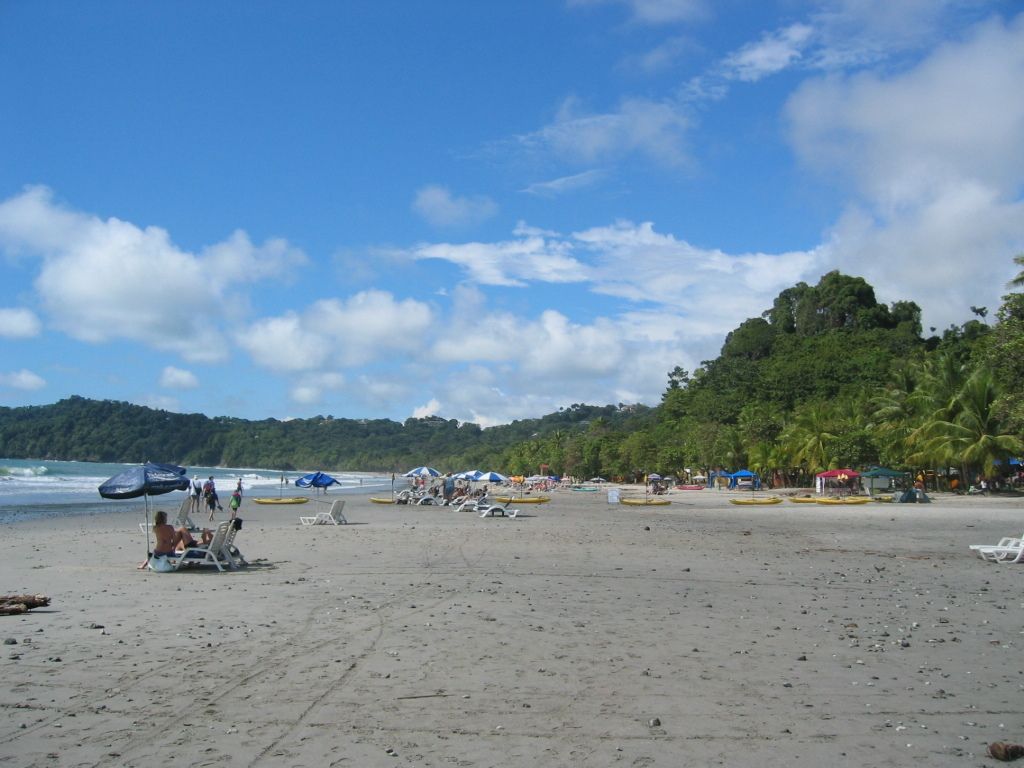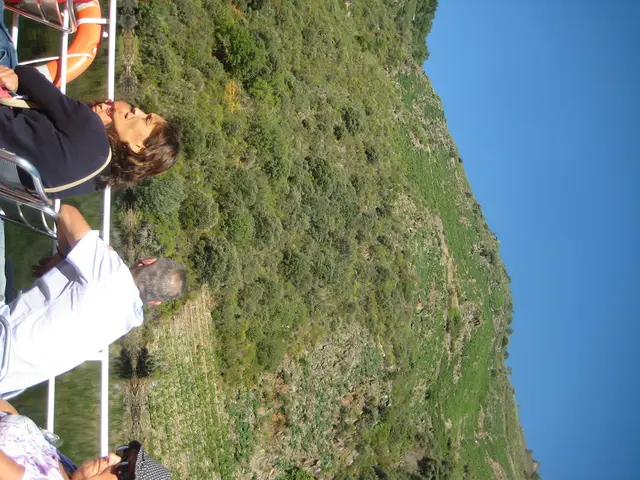Monastery in Ladakh's Phyang and its Surrounding Blue Mountainscape
Laid-Back Guide to Phyang Monastery in Ladakh
Whether you're a seasoned traveler or a curious explorer, Phyang Monastery, nestled in the heart of Ladakh, India, is a must-visit for anybody intrigued by the breathtaking beauty of the Himalayas and the fascinating culture of Tibetan Buddhism.
At first glance, Phyang Monastery might not seem like the most noteworthy landmark in Ladakh. But once you learn its history and the charming tale behind its location, you'll come to appreciate its unique charm. Locals call it Gangon Tashi Chodzong, or "Auspicious Fort on the Blue Hill." Now, a blue hill isn't your average geological feature—it sporting a surreal blush of blue at peculiar times, lending an ethereal quality to the surrounding landscape. The hill lies behind the monastery and bears the colloquial Ladakhi name "Gang Ngonpo," meaning "blue hill."
Awaiting you some 17 kilometers west of Leh, Phyang Monastery dates back to the 16th century. The monastic establishment came into being through the combined efforts of a celebrated Buddhist monk named Lama Chosje Denma Kunga Drakpa and the royal patronage of King Tashi Namgyal. A fascinating story weaves the monastery's creation: after the king's miraculous recovery from leprosy, attributed to the monk's healing prowess, he humbly requested that the monk stay as his royal teacher. Or, at the very least, build a Drikung monastery in Ladakh, which, at the time, lacked any representation of the lineage.
The monk obliged and embarked on a quest to find the perfect location for the monastery. He meditated at the site of Phyang Monastery and was graced with a vision of Achi Chokyi Dolma, the Dharma Protector of the lineage, seated on a horse and brandishing a flag from a nearby hill. The monk took this as a positive omen and decided to make the hill his chosen site. The king duly granted the land and nearby villages to bring the monastery to life. Some accounts suggest that the king's generosity might have been a subtle attempt at making amends for a past transgression; the legend says he once blinded his elder brother and this act of charity could have served as a means of reconciliation.
Architecturally, Phyang Monastery aligns with the contours of the land, boasting whitewashed walls, dark timber frames, and dashes of red plaster—typical of Ladakhi architecture. As you observe the structure, the valley floor spreads out below, a verdant expanse that starkly contrasts with the surrounding barren, rocky terrain.
The Drikung Kagyu school of Tibetan Buddhism, to which Phyang Monastery belongs, has a rich history and exerts a significant influence within the broader Kagyu lineage. Established by Jigten Sumgön in the 12th century, the Drikung Kagyu is known for its unique blend of spiritual and secular leadership, with separate roles for the throne holder and the civil administrator. The school has played a crucial role in shaping the religious and political landscape of Tibet, challenging the dominance of the Sakya sect and interacting with other schools, such as the Gelugpa.
Visit Phyang Monastery, and immerse yourself in the tranquil spiritual energy permeating its walls, or simply marvel at the incredible fusion of culture and nature that characterizes Ladakh. Whatever your reasons for venturing to Phyang Monastery, keep an open mind, and let the experience transform and inspire you!
Experience a harmonious blend of culture, spirituality, and nature at your home-and-garden away from home in Ladakh, as you plan your travel itinerary to include a visit to Phyang Monastery. Discover a unique lifestyle immersed in the rich history of the Drikung Kagyu school of Tibetan Buddhism, set against a backdrop of a surreal landscape that will surely captivate your wanderlust.




